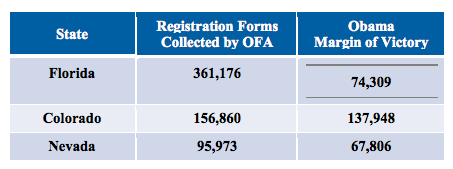At Reuters, Reihan Salam points out that the
GOP message is all stick, no carrot.
The most promising course is for Republicans to rediscover the virtues of “demand-side conservatism,” a term coined by Jonathan Rauch a decade ago to describe what he saw as the emerging domestic policy vision of President George W. Bush. “Conservatives have been obsessed with reducing the supply of government when instead they should reduce the demand for it,” wrote Rauch, channeling Bush and his allies. Slashing social programs won’t do much good if voters continue to have an appetite for them, as they’ll just vote in pro-government politicians who will expand the programs all over again. Rather than focus narrowly on how much we spend at any given time, government should help families build wealth and reform public services in ways that will make them both better and cheaper. The Bush administration had little success in implementing demand-side conservatism, thanks mostly to its post-9/11 focus on foreign policy. But the basic idea remains compelling.
So what might a demand-side conservative agenda look like? Rather than focus exclusively on top-end marginal tax rates, conservatives might fight for expanding the child tax credit and raising taxes on high earners without children to pay for it. That way the investment parents make in the human capital of the next generation of American workers will be recognized and rewarded. This, as the Bush Treasury Department veteran Robert Stein and Ramesh Ponnuru of National Review have argued, will tend to reduce the bias against child-rearing, which might ease the burden of paying for old-age social insurance programs well into the future.
At
The Washington Post, Jennifer Rubin lists a number of steps that the GOP can take to appeal to
Hispanic voters.
Here's the problem with much of the "
advice to the losing party" genre: it relies on coordination among office-holders, candidates, and activists at the federal and state levels. That level of coordination is hard to achieve in our system of federalism, bicameralism, and separation of powers. As we saw in the fiscal cliff debate, House Republicans and Senate Republicans have very distinct perspectives, and the Madisonian system deliberately hampers cooperation between the chambers. And state-level Republicans work in different environments from DC Republicans: what works on one level may fail on the other. Michigan, Ohio, and Pennsylvania all have GOP governors and legislatures, and all went for Obama and Democratic Senate candidates in the fall.


